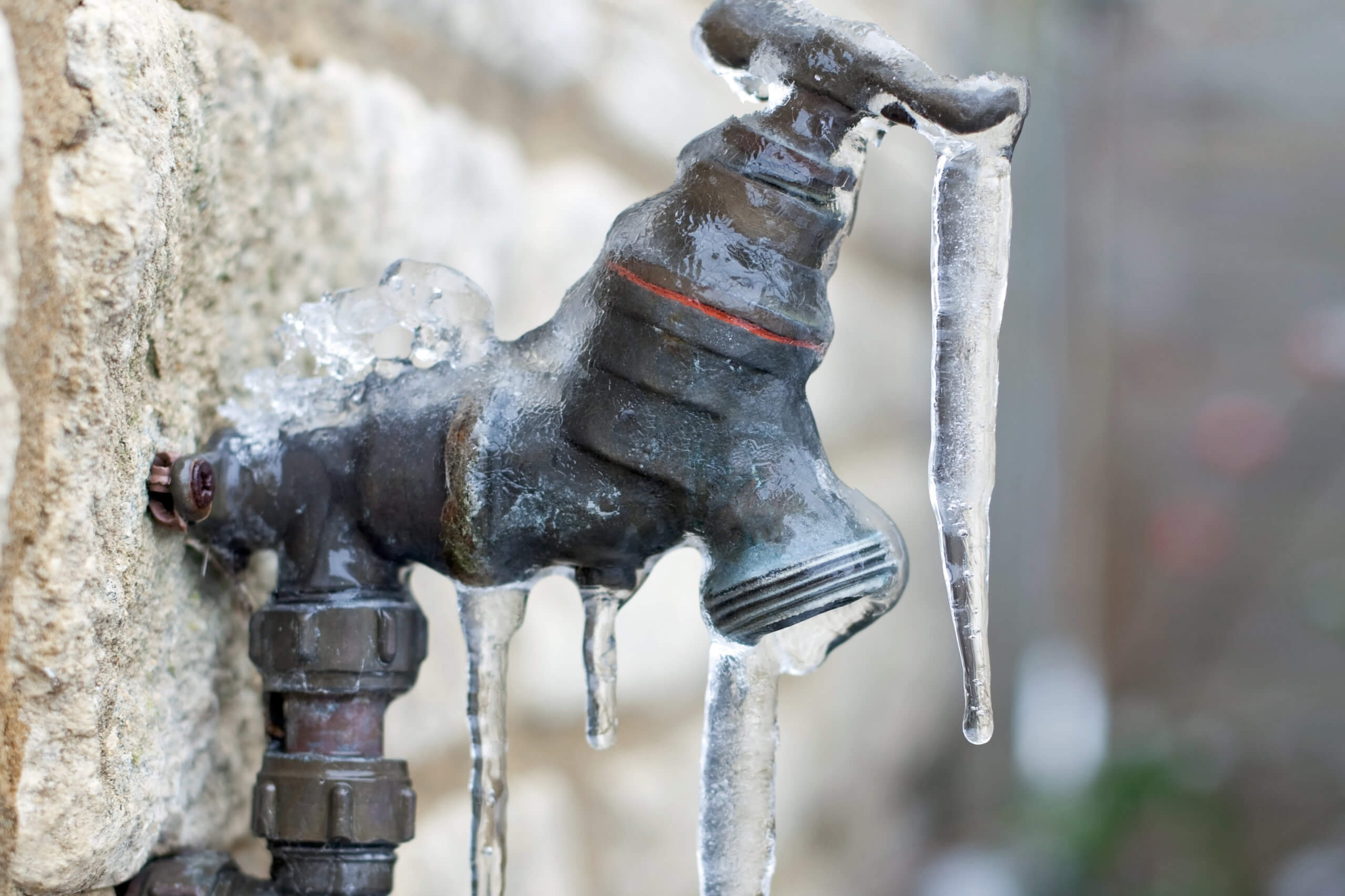How do you feel on the subject of Winter Plumbing Precautions: Preventing Frozen Pipes?

Winter can ruin your pipes, particularly by freezing pipes. Here's just how to avoid it from happening and what to do if it does.
Introduction
As temperatures decrease, the danger of frozen pipes boosts, possibly bring about pricey repairs and water damages. Recognizing just how to avoid frozen pipes is important for property owners in cold environments.
Prevention Tips
Shielding prone pipes
Wrap pipelines in insulation sleeves or utilize warm tape to protect them from freezing temperature levels. Focus on pipes in unheated or external locations of the home.
Home heating methods
Keep indoor rooms appropriately heated up, particularly locations with plumbing. Open closet doors to enable cozy air to flow around pipelines under sinks.
Exactly how to identify icy pipes
Look for reduced water circulation from faucets, uncommon smells or sounds from pipelines, and noticeable frost on revealed pipelines.
Long-Term Solutions
Structural changes
Think about rerouting pipes far from outside walls or unheated locations. Add added insulation to attics, cellars, and crawl spaces.
Updating insulation
Invest in premium insulation for pipelines, attic rooms, and walls. Correct insulation helps preserve constant temperature levels and reduces the threat of icy pipes.
Securing Outdoor Pipes
Garden pipes and exterior taps
Separate and drain pipes yard hoses prior to wintertime. Set up frost-proof faucets or cover outside taps with shielded caps.
Understanding Frozen Pipelines
What creates pipes to freeze?
Pipelines ice up when subjected to temperatures below 32 ° F (0 ° C) for expanded periods. As water inside the pipelines ices up, it expands, putting pressure on the pipe wall surfaces and potentially triggering them to burst.
Dangers and damages
Frozen pipes can bring about water supply disruptions, property damages, and costly repair services. Burst pipes can flood homes and cause considerable architectural damages.
Signs of Frozen Piping
Identifying frozen pipelines early can avoid them from rupturing.
What to Do If Your Pipelines Freeze
Immediate actions to take
If you presume icy pipes, maintain faucets open to ease stress as the ice thaws. Use a hairdryer or towels taken in warm water to thaw pipelines slowly.
Verdict
Preventing frozen pipelines needs positive procedures and fast actions. By recognizing the causes, indicators, and safety nets, homeowners can shield their pipes during winter.
5 Ways to Prevent Frozen Pipes
Drain Outdoor Faucets and Disconnect Hoses
First, close the shut-off valve that controls the flow of water in the pipe to your outdoor faucet. Then, head outside to disconnect and drain your hose and open the outdoor faucet to allow the water to completely drain out of the line. Turn off the faucet when done. Finally, head back to the shut-off valve and drain the remaining water inside the pipe into a bucket or container. Additionally, if you have a home irrigation system, you should consider hiring an expert to clear the system of water each year.
Insulate Pipes
One of the best and most cost-effective methods for preventing frozen water pipes is to wrap your pipes with insulation. This is especially important for areas in your home that aren’t exposed to heat, such as an attic. We suggest using foam sleeves, which can typically be found at your local hardware store.
Keep Heat Running at 65
Your pipes are located inside your walls, and the temperature there is much colder than the rest of the house. To prevent your pipes from freezing, The Insurance Information Institute suggests that you keep your home heated to at least 65 degrees, even when traveling. You may want to invest in smart devices that can keep an eye on the temperature in your home while you’re away.
Leave Water Dripping
Moving water — even a small trickle — can prevent ice from forming inside your pipes. When freezing temps are imminent, start a drip of water from all faucets that serve exposed pipes. Leaving a few faucets running will also help relieve pressure inside the pipes and help prevent a rupture if the water inside freezes.
Open Cupboard Doors
Warm your kitchen and bathroom pipes by opening cupboards and vanities. You should also leave your interior doors ajar to help warm air circulate evenly throughout your home.

I discovered that blog entry on Winter Plumbing Precautions: Preventing Frozen Pipes while surfing around the web. Sharing is nice. Helping people is fun. I cherish reading our article about 6 Ways to Prevent Frozen Pipes.
Book My Estimate